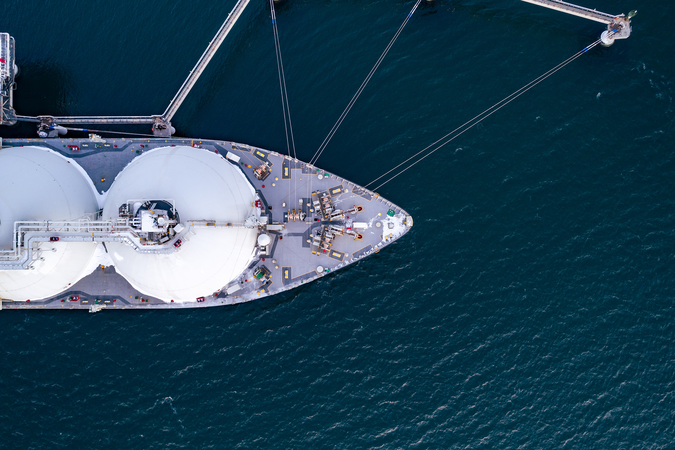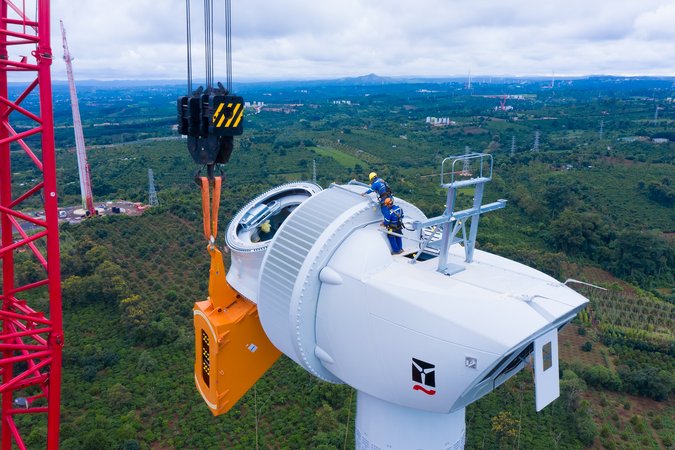Preliminary Empirical Assessment of Offshore Production Platforms in the Gulf of Mexico
This paper reports on a preliminary analysis of performance indicators on 3,020 platforms operating in the Gulf of Mexico between 1996 and 2010. Statistical analysis reveals that companyreported incidents (such as blowouts, fires, injuries, and pollution) increase with water depth, controlling for platform characteristics such as age, quantity of oil and gas produced, and number of producing wells. In addition to company-reported incidents, we examine government inspections and the type ofenforcement action (warning, component shut-in, facility shut-in, or civil penalty review) following an inspection. Fewer incidents of noncompliance are detected during inspections on deepwater platformscompared with shallow-water platforms; however, the magnitude of the effect of depth on noncompliance is not large. We provide a preliminary analysis of the effect of prior findings of noncompliance, suggesting that noncompliance is persistent. We also find significant variability in both self-reported incidents and noncompliance across leaseholders.
The aftermath of the April 2010 Deepwater Horizon disaster has increased the demand for strengthened regulation and enforcement efforts designed to reduce accidental spills associated with offshore oil drilling activities. Indeed, in its final report, the National Commission on the BP Deepwater Horizon Oil Spill and Offshore Drilling stated that substantial reform by government and industry is imperative to prevent future oil spills. But would revamped and strengthened oversight actually reduce the risk of blowouts and other catastrophes on offshore rigs?
A recent RFF discussion paper, “Preliminary Empirical Assessment of Offshore Production Platforms in the Gulf of Mexico,” by Lucija Muehlenbachs, Mark A. Cohen, and Todd Gerarden, provides an initial baseline assessment of current enforcement efforts. The authors conduct an empirical analysis of more than 3,000 fixed offshore oil platforms in the Gulf of Mexico and report on the impacts of underwater drilling, such as fire damage, injuries, pollution, and related consequences.
One particularly significant finding of the analysis is that when controlling for levels of production, distance to shore, and other factors, the probability of a company-reported incident increases with water depth. For a platform with average characteristics, each 100 feet of added depth increases the probability of an incident by 8.5 percent. Although the analysis does not suggest that the water depth itself is the cause of increased incidents, it does reinforce the idea that drilling at increased depths results in greater technical challenges and, therefore, may require novel approaches to industry operation and government regulation.
The authors also examine incidents of noncompliance detected during government inspections. They find that noncompliance is a persistent problem—with little evidence that government enforcement efforts deter future violations.
Analysis of individual companies also produced interesting results. Examination of the 10 top producing firms in the Gulf of Mexico in 2009 reveals significant disparities between companies in reported incidents as well as enforcement actions. For example, BP is more likely to report an incident than most other large producers. On the other hand, BP is less likely to receive an enforcement action during an inspection. It is unclear what causes this disparity—it could be dutiful reporting by BP or lenient enforcement by government officials
The authors caution that their findings are preliminary and raise as many new questions as answers. They show, however, the importance of rigorous empirical analysis of enforcement data and the policy implications for improving government monitoring and enforcement policy.
Find more oil and gas, risk, and governance research and analysis from RFF here.
Authors

Todd Gerarden





